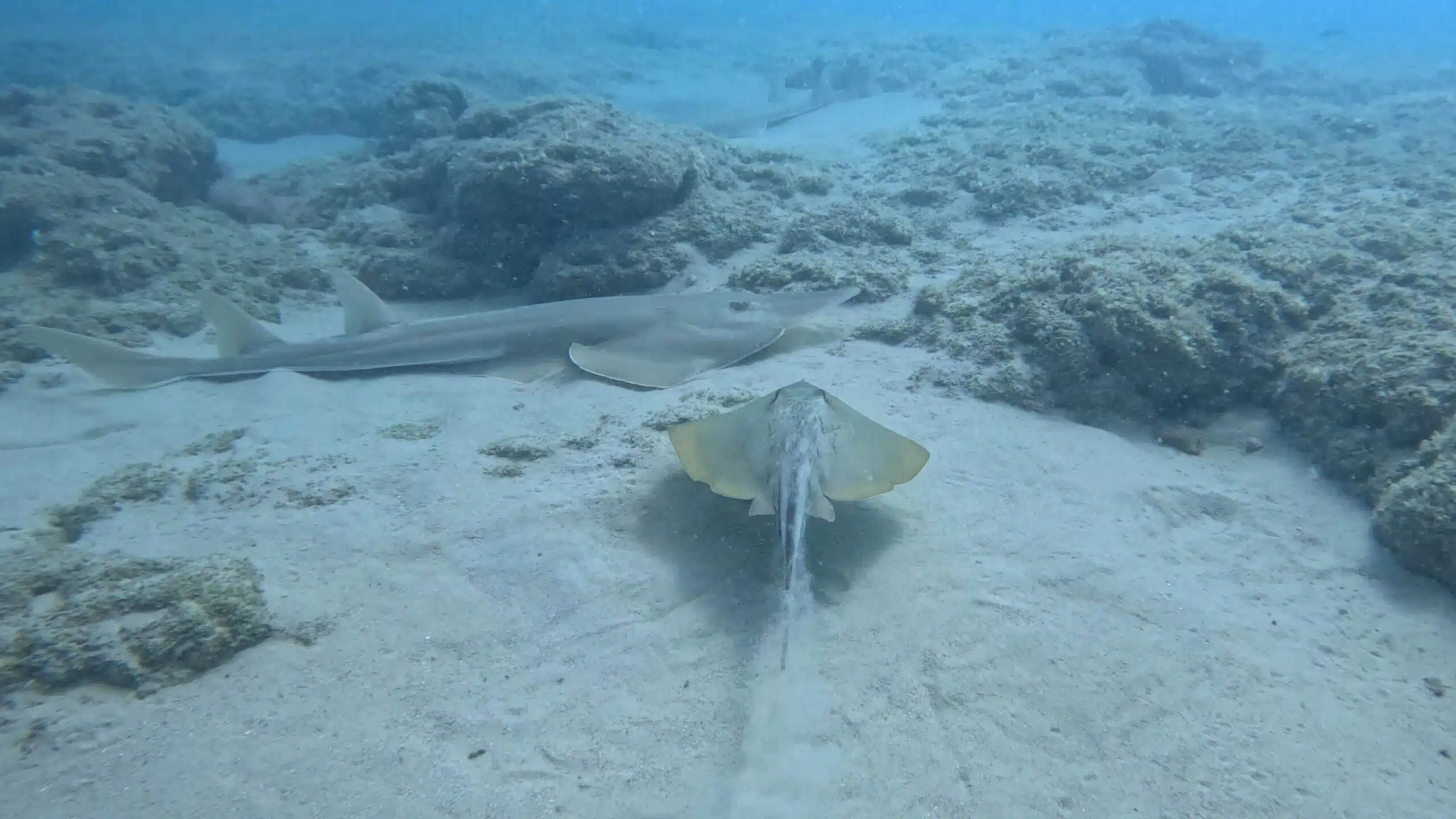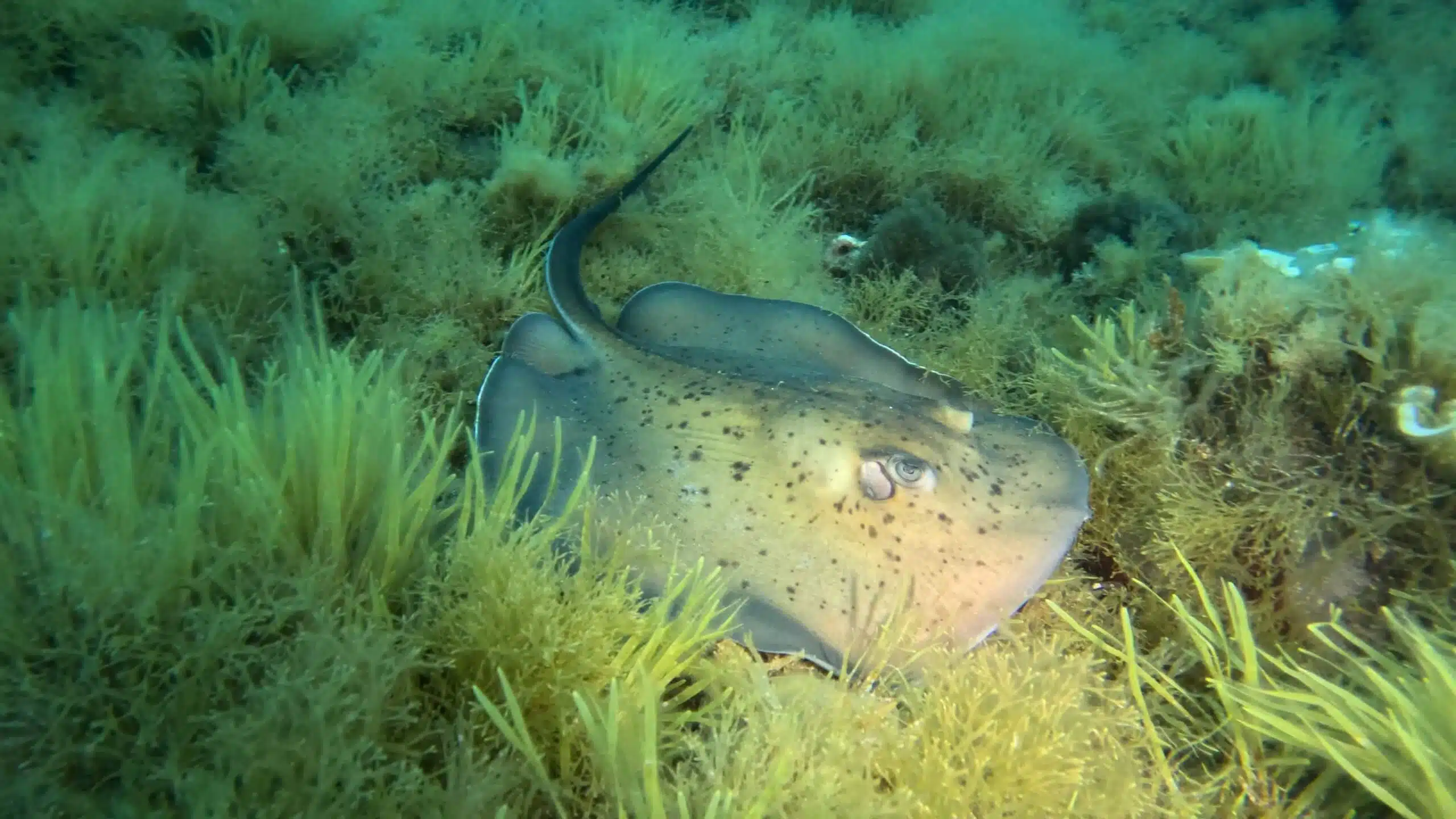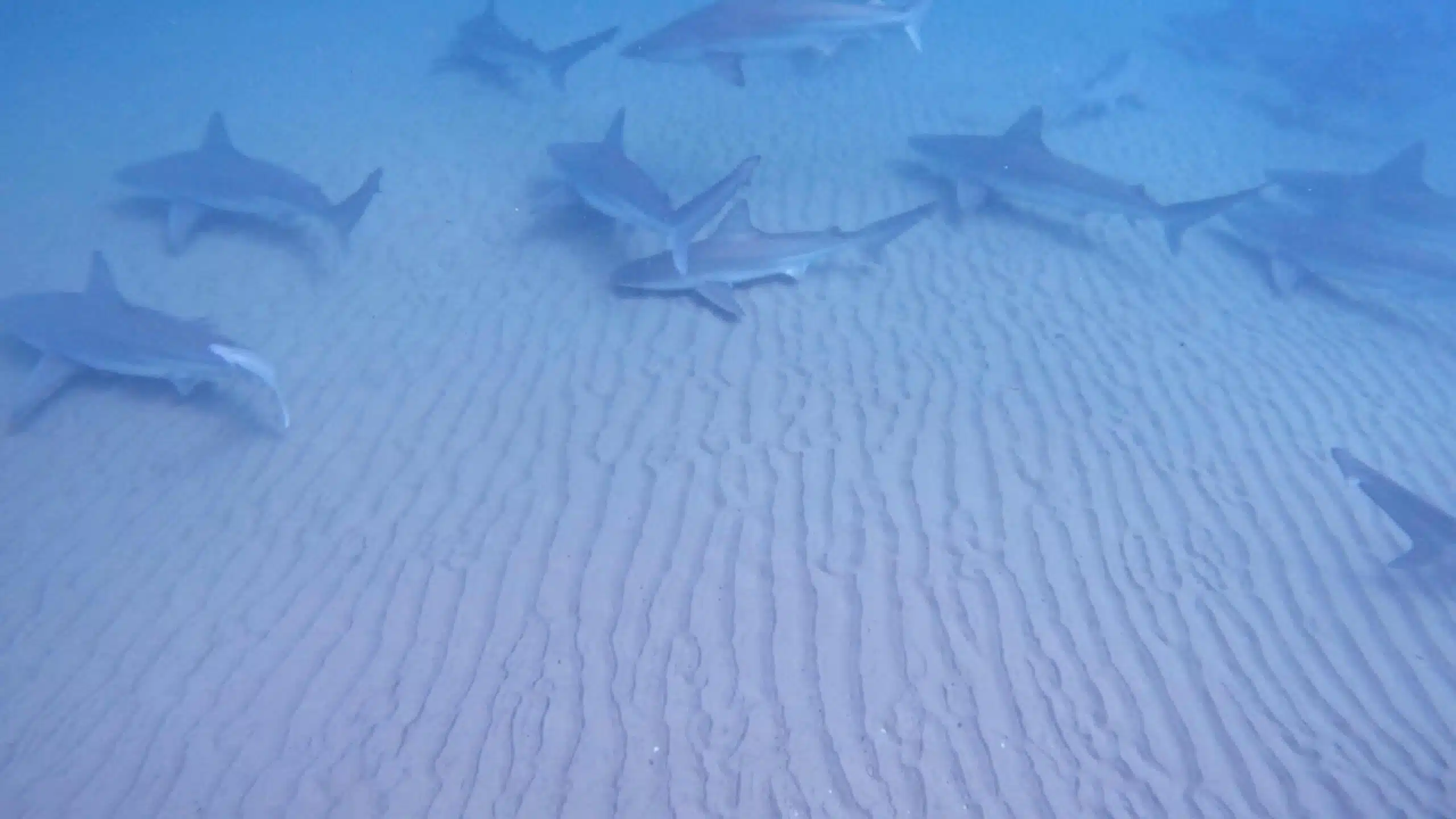In the Gaza Strip there is no law or supervision against fishing for protected species - therefore, sharks and bats that are in danger of extinction are hunted there freely. A new Israeli study presents a method for collecting data from social networks that allows us to map the phenomenon, and find out what is happening in the Gaza Strip

After Yulia, the female monk seal who became a celebrity, enjoyed a vacation with a lot of attention on the shores of Israel, she jumped to visit the shores of the Gaza Strip - but from various documents that were uploaded to social networks will see wandered further is also From there. It's not every day that a female seal migrates from Israel to the Strip, but the maritime visit shed light on another complex issue: today, the information we have about the animals in Gaza and their condition is scant to non-existent - and in some cases, their condition can be very problematic.
A new method of collecting information from social networks, through which we can learn about the condition of fish species found in conflict areas such as the Gaza Strip, was recently introduced at the conference the annual ה-51 To science and the environment of the Israeli Society for Ecology and Environmental Sciences. So how do you gather information about sharks while browsing Facebook?
The fishermen of Gaza
"According to reports by the United Nations and the International Bank, it is estimated that Gaza is home to about 4,000 fishermen and tens of thousands of people who make a living from the fishing industry - sellers, port workers, inspectors and more," says Ram Neri, a master's student majoring in marine biology and biotechnology at Ben Gurion University in Eilat and active of Shark Association in Israel, who conducted the new research as part of his activities in the association, as part of the MECO (Mediterranean Elasmobranch Citizen Observations) project. "It is important to note that these are only estimates, because since the Gaza Strip is no longer part of Israel, we do not have certain and reliable numbers about fishing in this area."
The main fishing methods in Gaza are traditional, but there is also significant fishing activity that takes place with the help of nets and trawlers - a method based on a ship that drags a net across the seabed, which sweeps up everything it encounters and causes enormous damage to marine ecosystems. "According to estimates, there are about 15 trawlers in Gaza; For comparison, in Israel as a whole we have less than 16 trawlers - while our maritime area is much larger," Neri testifies. As mentioned, the trawlers do not differentiate between fish and fish, or between fish and any other creature; Therefore, they also catch mammals, sea turtles, Sharks and letters (Bathoid) - Flat cartilaginous fish, the best known of which are the trigoni (Dasyatidae) known as "sea cats".
While in large places around the world, and Israel among them, when such species are caught, they are returned to the sea due to being protected species or due to a fishing ban - the situation in the Gaza Strip is different. "In Gaza there is no law or supervision over these animals, and at the same time there is a need for livelihood and food and the supply of proteins for the over 2 million residents who live there," Neri explains. "From a numerical point of view, in the UN reports there is almost no information about fishing for cartilaginous fish, deer sea and marine mammals, and when there is information those fish are defined as 'other' - in an amount that indicates fishing of hundreds of tons per year."
To deal with these knowledge gaps, Neri developed a method to collect information about animals in Gaza. "The fishermen in Gaza are seen as heroes who work against the Israeli blockade when they go out to the dangerous sea to bring food and livelihood," he explains. "Often the same fishermen upload videos to social networks documenting what they caught in the sea - and these get thousands of views."
Neri recognized the research potential of this phenomenon, and developed a method for gathering knowledge about fish that is based on Mining Usefull info From Facebook and Tiktok pages: The method is based on finding those fishermen and sellers using search words in Arabic, watching videos and identifying the species that appear in them - and entering them into a database. "I built a protocol that explains how to find these pages and how to collect information from them - and I created a system with which you can manage this information and extract different ecological insights from it," he says.
Neri's research focused on species of Sharks And bettas - important predators whose population has been significantly affected in recent years, and through the information analyzed from over 100 hours of videos uploaded to social networks, a broad picture of the situation of these species in the Gaza Strip was obtained.
Every fish has two sides
The research shows that between 2023-2020, Gazan fishermen caught at least 4,564 individuals of sharks and rays, belonging to 21 different species - of which 9 are found in danger extinction According to the World Conservation Union (IUCN). Among the species of bettas caught, 51 percent were gittaranians (Rhiniformes) and 40 percent of the sharks caught belonged to two species, which are at different levels of danger of extinction: gritty (Carcharhinus obscurus) and their fin (Carcharhinus plumbeus).

In addition, the study shows that due to the increase in fishing areas after the Wall Guard operation, since May 2021 an increase in the number of shark species and bats caught in the Strip has been observed. "The range of the fishing zone from the coast increased from 12 to 15 nautical miles," testifies Neri. "These 3 miles - about 5.5 kilometers - are quite significant because this area contains the slope of the continental shelf where the depths even reach 350 meters - and which is considered an environment rich in fish such as sharks and bats."
Sharks in Israel
According to the World Conservation Organization, due to overfishing and non-selective fishing - the Mediterranean Sea is the place the dangerous secrets In the world For sharks and bats. But there is also a bright spot: Israel is the only country in our region where these animals are consideredValues nature Protected - a situation that, according to Neri, is a refuge for them. "These species are given a kind of undeclared reserve in the Israeli sea," describes Neri. "In addition, the quarantine areas are actually a marine reserve because the army does not allow any fisherman to enter them."

And not just a refuge for fish: Neri testifies that the Israeli method may also be suitable for examining other problem areas around the world. "The goal is to develop the method as much as possible: currently the transition over the videos is done manually, and the ambition is to produce automation that will be optimized by image processing software that is based on machine learning, and this is so that we can better understand the condition of marine species that we do not have Enough information," he concludes.
More of the topic in Hayadan:
